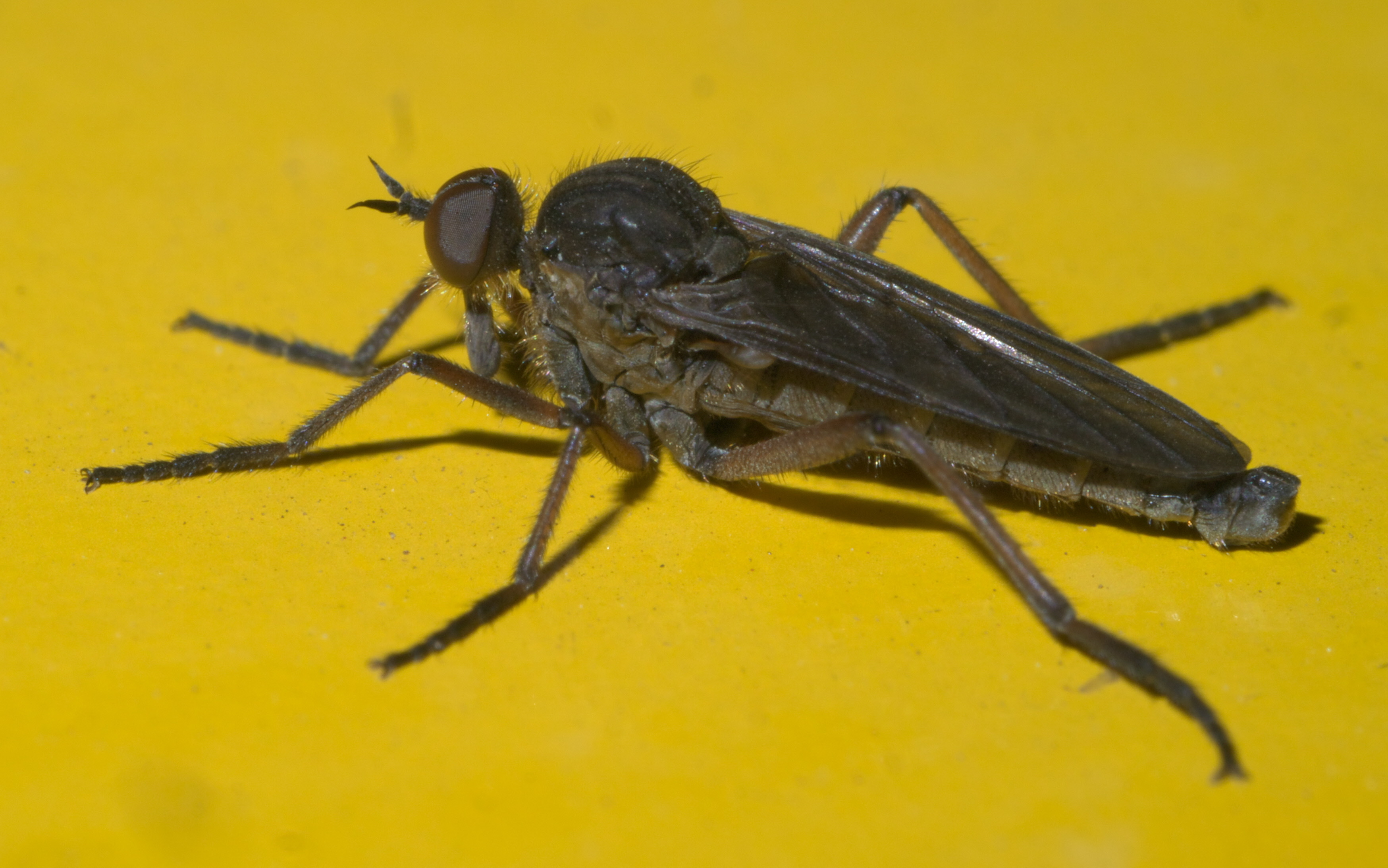|
Rhamphomyia Amoena
''Rhamphomyia amoena'' is a species of dance flies, in the fly family Empididae __NOTOC__ Empididae is a family of flies with over 3,000 described species occurring worldwide in all the biogeographic realms but the majority are found in the Holarctic. They are mainly predatory flies like most of their relatives in the Empido .... It is included in the subgenus ''Pararhamphomyia''. References {{Taxonbar, from=Q13987049 Rhamphomyia Insects described in 1840 Asilomorph flies of Europe Taxa named by Hermann Loew ... [...More Info...] [...Related Items...] OR: [Wikipedia] [Google] [Baidu] |
Hermann Loew
Friedrich Hermann Loew (19 July 1807 – 21 April 1879) was a German entomologist who specialised in the study of Diptera, an order of insects including flies, mosquitoes, gnats and midges. He described many world species and was the first specialist to work on the Diptera of the United States. Biography Early years Hermann Loew was born in Weissenfels, Saxony a short distance south of Halle (Germany). The Loew family, though not wealthy, was well-placed. Loew's father was a functionary for the Department of Justice of the Duchy of Saxony who later became a ''Geheimer Regierungsrath'' of Prussia. Between 1817 and 1829 Loew attended first the Convent school of Rossleben, then the University of Halle-Wittenberg, graduating in mathematics, philology and natural history. Teacher, tutor and husband Recognizing his abilities as a mathematician, the university, on his graduation, appointed him as a lecturer in the same subjects. In 1830 he went to Berlin and gave lessons in differen ... [...More Info...] [...Related Items...] OR: [Wikipedia] [Google] [Baidu] |
Empididae
__NOTOC__ Empididae is a family of flies with over 3,000 described species occurring worldwide in all the biogeographic realms but the majority are found in the Holarctic. They are mainly predatory flies like most of their relatives in the Empidoidea, and exhibit a wide range of forms but are generally small to medium-sized, non-metallic and rather bristly. Common names for members of this family are dagger flies (referring to the sharp piercing mouthparts of some species) and balloon flies. The term "dance flies" is sometimes used for this family too, but the dance flies proper, formerly included herein, are now considered a separate family Hybotidae. Description For terms see Morphology of Diptera. Empididae are small to medium-sized flies, rarely large (1.0 to 15.0mm.). The body is slender, or elongated and rarely thickset. The colour ranges from yellow to black, and they may be pollinose or lustrous, but never have a metallic gloss. The head is often small and rounded with ... [...More Info...] [...Related Items...] OR: [Wikipedia] [Google] [Baidu] |
Rhamphomyia
''Rhamphomyia'' is a genus of dance flies, in the fly family Empididae. Species The species of ''Rhamphomyia'' are arranged into subgenera, as follows: ;'' Aclonempis'' Collin, 1926 :*'' Rhamphomyia albohirta'' Collin, 1926 :*'' Rhamphomyia andalusiaca'' Strobl, 1899 :*'' Rhamphomyia clypeata'' Macquart, 1834 :*'' Rhamphomyia eupterota'' Loew, 1873 :*'' Rhamphomyia galactoptera'' Strobl, 1893 :*'' Rhamphomyia gibbifera'' Strobl, 1906 :*'' Rhamphomyia leptopus'' Loew, 1873 :*'' Rhamphomyia longipes'' ( Meigen, 1804) :*'' Rhamphomyia mariobezzii'' Barták, 2001 :*'' Rhamphomyia minor'' Oldenberg, 1922 :*'' Rhamphomyia nox'' Oldenberg, 1917 :*'' Rhamphomyia nubes'' ( Collin, 1969) :*''Rhamphomyia umbripes'' Becker, 1887 ;'' Amydroneura'' Collin, 1926 :*'' Rhamphomyia bipila'' Strobl, 1909 :*'' Rhamphomyia claripennis'' Oldenberg, 1922 :*'' Rhamphomyia crassicauda'' Strobl, 1893 :*'' Rhamphomyia erythrophthalma'' Meigen, 1830 :*'' Rhamphomyia gibba'' ( Fallén, 1816) ... [...More Info...] [...Related Items...] OR: [Wikipedia] [Google] [Baidu] |
Insects Described In 1840
Insects (from Latin ') are pancrustacean hexapod invertebrates of the class Insecta. They are the largest group within the arthropod phylum. Insects have a chitinous exoskeleton, a three-part body (head, thorax and abdomen), three pairs of jointed legs, compound eyes and one pair of antennae. Their blood is not totally contained in vessels; some circulates in an open cavity known as the haemocoel. Insects are the most diverse group of animals; they include more than a million described species and represent more than half of all known living organisms. The total number of extant species is estimated at between six and ten million; In: potentially over 90% of the animal life forms on Earth are insects. Insects may be found in nearly all environments, although only a small number of species reside in the oceans, which are dominated by another arthropod group, crustaceans, which recent research has indicated insects are nested within. Nearly all insects hatch from eggs. Inse ... [...More Info...] [...Related Items...] OR: [Wikipedia] [Google] [Baidu] |


